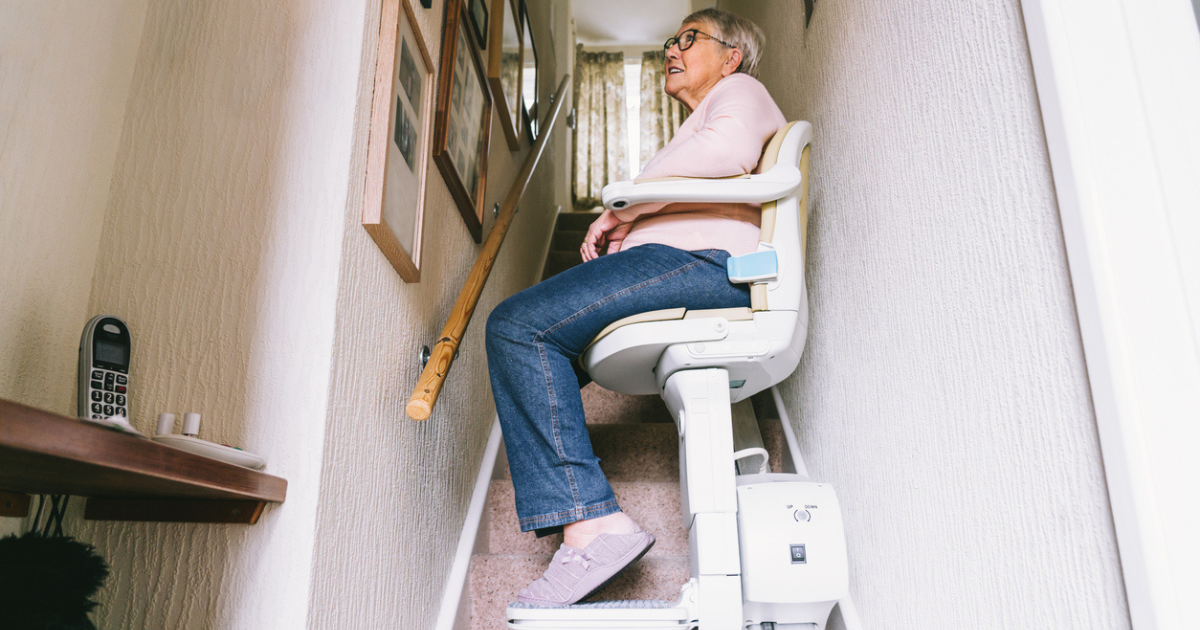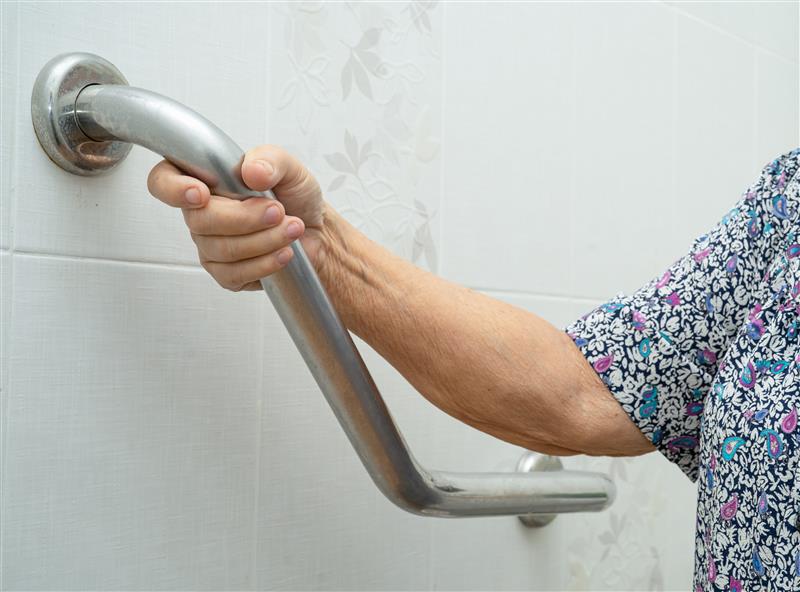Ensuring the safety of your little ones is always a top priority for every parent. One of the most effective ways to create a safe environment in your home is through child safety gates installation. These gates are crucial in keeping children away from potentially dangerous areas like stairs, kitchens, or fireplaces. In this article, we will explore everything you need to know about installing child safety gates effectively in your home.

Why Are Child Safety Gates Important?
Every year, thousands of children are injured from falls or accidents that occur at home. By installing child safety gates, you can significantly reduce the risk of such incidents. These gates act as physical barriers that prevent children from accessing restricted areas. They are especially useful for toddlers who are just learning to walk and explore their surroundings.
Types of Child Safety Gates
There are several types of child safety gates available in the market. Understanding the differences can help you choose the right one for your home:
Pressure-Mounted Gates
These gates are held in place by pressure against the walls or door frames. They are easy to install and remove, making them ideal for temporary situations. However, they may not be suitable for use at the top of stairs.
Hardware-Mounted Gates
These gates are attached to the walls or banisters with screws and are considered more secure than pressure-mounted gates. They are ideal for use at the top of stairs or other high-risk areas.
Retractable Gates
Retractable gates are flexible and can be rolled up when not in use. They are great for narrow spaces or doorways where traditional gates may not fit.
Choosing the Right Child Safety Gates for Your Home
When selecting child safety gates, consider the following factors:
Width and Height
Ensure the gate is tall enough to prevent your child from climbing over and wide enough to fit your doorway or stairway.
Material
Gates are available in various materials, including metal, wood, and plastic. Choose one that complements your home decor while ensuring durability.
Ease of Use
Consider how easy the gate is to open and close, especially if you will be carrying your child or other items frequently.
Safety Standards
Look for gates that meet safety standards set by organizations such as the Juvenile Products Manufacturers Association (JPMA).
Steps for Child Safety Gates Installation
Installing child safety gates can be a simple process if you follow these steps:
Measure the Area
Before purchasing a gate, measure the width of the area where you intend to install it. This ensures you buy a gate that fits perfectly.
Choose the Right Location
Identify areas in your home where a gate is necessary, such as the top and bottom of stairs, kitchen entrances, or any other hazardous areas.
Read the Instructions
Carefully read the manufacturer’s instructions provided with the gate. This will guide you through the installation process step-by-step.
Install the Gate
For pressure-mounted gates, place the gate in the desired location and adjust the tension knobs until it is firmly in place. For hardware-mounted gates, use a drill to secure the brackets to the walls or banisters. Ensure the gate opens and closes smoothly.
Test the Gate
Once installed, test the gate by applying pressure to ensure it is secure and stable. Make sure it does not move or come loose when pushed or pulled.
Maintaining Your Child Safety Gates
Regular maintenance of your child safety gates is essential to ensure they remain effective over time. Check for any loose screws or parts regularly and tighten them as needed. Clean the gates to remove dust and dirt that may hinder their operation.
Common Mistakes to Avoid During Child Safety Gates Installation
Even with the best intentions, mistakes can happen. Here are some common errors to avoid during installation:
Improper Placement
Avoid installing gates too high or too low. Ensure they are at a height that prevents your child from climbing over or crawling under.
Using the Wrong Type of Gate
Do not use pressure-mounted gates at the top of stairs. They are not secure enough for such critical areas.
Skipping the Instructions
Always follow the manufacturer’s instructions carefully. Skipping steps can result in improper installation and compromise safety.
Alternatives to Child Safety Gates
If installing gates is not an option for your home, consider other childproofing measures such as door knob covers, cabinet locks, and corner guards. These can help keep your child safe without the need for gates.
Conclusion
Installing child safety gates is a crucial step in childproofing your home. By choosing the right type of gate and following proper installation procedures, you can create a safe environment for your little ones to explore and grow. Remember, the safety of your child is always worth the effort and investment.

FAQ Section
What is the best type of child safety gate for stairs?
Hardware-mounted gates are the most secure option for use at the top of stairs.
Can I install a child safety gate without tools?
Pressure-mounted gates can often be installed without tools, but hardware-mounted gates will require a drill and screws.
Do child safety gates fit all doorways?
Most gates are adjustable and can fit a range of doorway widths. However, it’s important to measure your doorway before purchasing to ensure a proper fit.
This article contains affiliate links. We may earn a commission at no extra cost to you.

